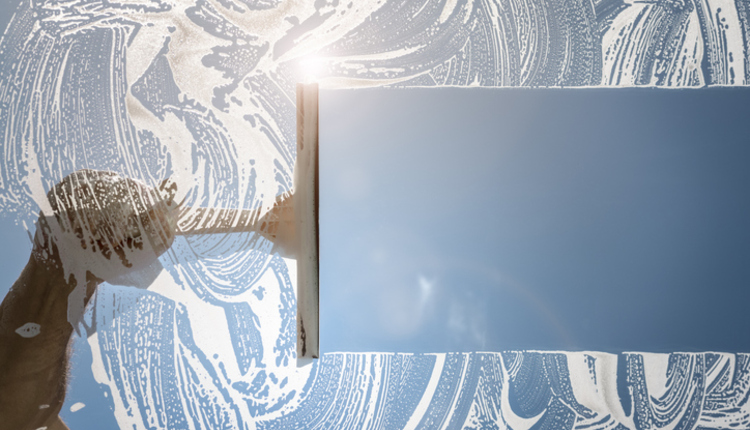The world of distribution is dynamically changing all the time. What makes facilities world class? World class can be defined with a list of different criteria including inventory turns and productivity, accuracy, etc. Many of you might be saying, “I don’t care about world class, I just want to keep up with my orders and reduce the number of fires I have to put out per day.” Or perhaps you just want to add dollars to the bottom line and reduce your picking/shipping cost.
But world-class is within reach. Technology is allowing people to change their current operation and to achieve things that previously were a nightmare to accomplish. How do you know what you can improve on? By looking at the common fires that you are having to put out every day, such as:
o Frequent cycle counts
o Inventory is frequently not in location that is being picked
o Same SKU cannot be in multiple locations, creating bottlenecks
o Major accuracy issues. Sometimes this isn’t noticeable because the company doesn’t know that they are erroneously shipping duplicates.
o Product is slotted unintelligently, creating more time to pick
o History of orders cannot be recovered, so no accountability
o Reports take hours to develop; therefore, no one is doing any analysis
o People cannot be reassigned to areas, so you must do a manual workaround
o There are lots of sticky notes around the area
o Constantly having to figure out workarounds
o No visibility of ASNs (Automatic Ship Notices)
o Cannot use smart phones, tablets during peak times to give temps the tools needed
o It takes several days to ship an order once received
o Your accuracy rates are declining versus climbing
o Once dimensions are entered for a SKU they cannot be changed
If your facility was given a grade card, what grade would you get?
Upgrading to a newer version is extremely costly, but perhaps that is the first hint that you should start looking. It might make more sense to just buy a newer system without modifications than to try to upgrade an old platform with old databases. Eventually that old platform may cause you incapability with hardware and downtime.
Recently, a company complained that after buying a new system, once the functional design session was over, the software functionality was lacking. There would be a need for 150 modifications! In todays matured software functionality 150 modifications is totally wrong. Functionality that was shown pre-sale was simply not actually in the system. End users would be wise to add a clause after the functional design allowing for a “divorce” if such a discovery is uncovered.
Another company expressed frustration after buying a new system and learning that the system would not allow the SKU to be stored in more than one location, creating havoc in a high volume multi- channel facility. Ouch! Even worse, both of these companies were using consultants that were supposed to assist them in avoiding such horrific mistakes.
Sometimes the fear of making a change causes many companies to be complacent and not change a “C” grade facility to an honor roll facility. Identify your problems before starting your search for a new solution. Any areas that are non-flexible that are causing work-arounds should be addressed. Vow to attend a conference of your peers and learn more about solutions to solve the problems that you are having today. Look at attending vertical or association trade shows that are specifically designed for companies that are in the same type of business as your company. Your competitors might be there, but that’s even more of an opportunity to hear what they might be doing better than you are. Warning though, just because a company is doing business with one of your competitors doesn’t mean they are the right solution for you. PARCEL Forum is a good show to attend if you are looking for ideas on how to reduce your shipping cost, your parcel handling cost and how to negotiate the best possible shipping rates. Do your research and make sure you “see” the software in action solving the problems you have every day.
Susan Rider can be reached at susanrider@msn.com.



















